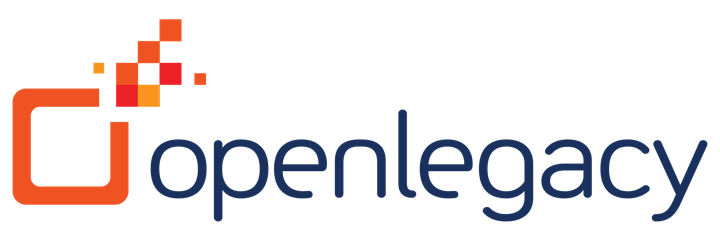
OpenLegacy’s Digital-Driven Integration enables organizations with legacy systems to release new digital services faster and more efficiently than ever before.
OpenLegacy brings its strengths in automating the entire API lifecycle, as well as its deep experience in helping many financial institutions acclimate to the digital age. We look forward to the collaboration between OpenLegacy and BIAN member-peers to define standards for banking services.
PRINCETON, N.J. (PRWEB)
April 16, 2020
OpenLegacy, the pioneer in digital-driven integration for legacy and core systems, is now a member of the Banking Industry Architecture Network (BIAN), a collaborative, not-for-profit ecosystem of leading banks, technology providers, consultants, and academics worldwide.
OpenLegacy is joining an 80-member-strong global network that aims to provide the world with standards for various banking and finance technologies and architectures. BIAN’s goals are to standardize banking APIs, lower global banking IT and operational costs, mitigate the risks associated with innovation, and create best-practice architecture.
OpenLegacy technology helps banks quickly address legacy banking system challenges and develop digital services at a fraction of the normal time and expense. OpenLegacy technology enables the automatic creation of open APIs from core legacy systems to support fintech banking projects, reducing project backlogs and speeding implementation of digital transformation initiatives.
“It is our great pleasure to welcome OpenLegacy to our growing and diverse global network of banks, software vendors, and service providers,” said Hans Tesselaar, Executive Director of BIAN. “OpenLegacy brings its strengths in automating the entire API lifecycle, as well as its deep experience in helping many financial institutions acclimate to the digital age. We look forward to the collaboration between OpenLegacy and BIAN member-peers to define standards for banking services.”
“The banking and finance industry is in many ways spear-heading digital transformation around the globe, so the time is right for more formal standards to be defined and adopted,” said Hans Otharsson, Customer Success Officer of OpenLegacy. “Having worked with almost 50% of the global 50 banks enables us to share what we have learned with our BIAN peers and collaborate with the best in the business to further establish the types of standards that already exist for other types of technology.”
About BIAN
Established in 2008, the Banking Industry Architecture Network (BIAN) is an independent, member-owned, not-for-profit association designed to build and promote a common architectural framework for banking interoperability issues. BIAN’s goal is to define an Enterprise-, Functional- and Technical Architecture supported by semantic API definitions for the banking industry. The community of over 80 members focuses on creating a standard semantic banking services landscape, while ensuring consistent service definitions, levels of detail, and boundaries. This will help banks to achieve a reduction of integration costs and take advantage of microservices-based architecture.
Financial institutions, software vendors, and system integrators, along with technology and academic partners, are invited to join the association and play a collaborative role with other industry leaders in defining, building and implementing next-generation banking platforms. http://www.bian.org
About OpenLegacy
OpenLegacy’s Digital-Driven Integration enables organizations with legacy systems to release new digital services faster and more efficiently than ever before. It connects directly to even the most complex legacy systems, bypassing the need for extra layers of technology. It then automatically generates APIs in minutes, rapidly integrating those assets into new and exciting innovations. Finally, it deploys them as standard microservices or serverless functions, giving organizations speed and flexibility while drastically cutting costs and resources. With OpenLegacy, industry-leading companies release new apps, features, and updates in days instead of months, enabling them to truly become digital to the core. http://www.openlegacy.com
Share article on social media or email:

